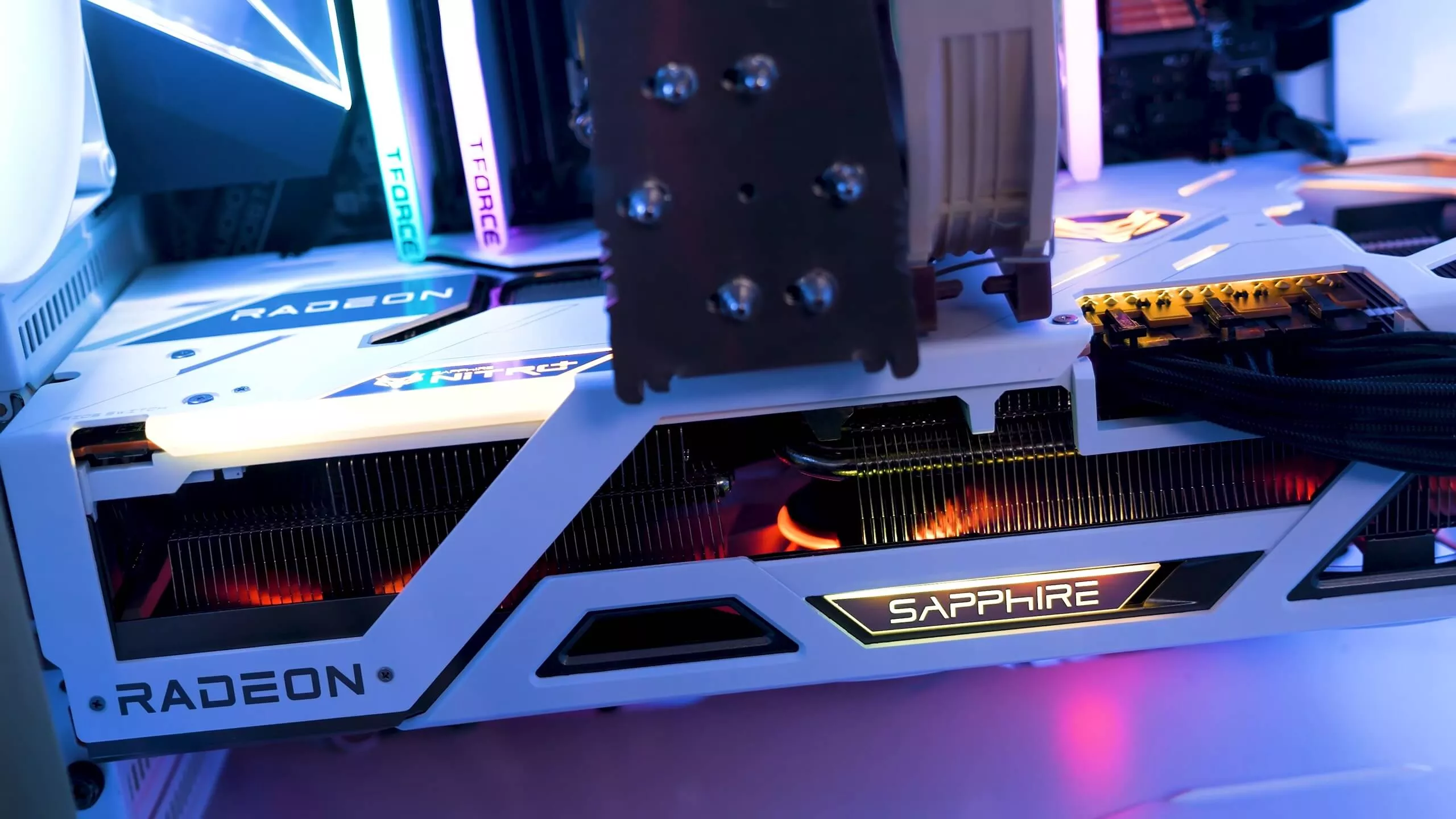Something to look forward to: Hot on the heels of Nvidia's unveiling of the RTX 4000 graphics cards, AMD announced a release date for its latest GPU generation. The company expects to launch RDNA 3 graphics cards on a schedule similar to Nvidia's Ada Lovelace rollout this fall.

Around the same time Nvidia announced the price and launch dates of its new RTX 4000 series graphics cards this week, AMD confirmed it plans to reveal and launch its RDNA 3 GPUs on November 3. The company promises more details as the event approaches.
Recent rumors suggest AMD will first release RDNA 3's flagship card -- the Radeon RX 7900 -- based on the Navi 31 GPU. Navi 33 and Navi 32 GPUs are to follow. That cadence echoes the plan Nvidia just confirmed to launch the GeForce RTX 4090 on October 12, followed by the 16GB and 12GB variants of the RTX 4080 in November.
There aren't many concrete details on RDNA 3, but we know it uses TSMC's 5nm node process. The series will also support AV1 encoding and decoding. Intel's freshman Arc GPUs were the first to include AV1 encode, with shocking performance results. Support for DisplayPort 2.0 and its 80 Gbps bandwidth will enable RDNA 3 cards to push video feeds up to 240Hz at 4K.
Join us on November 3rd as we launch RDNA 3 to the world! More details to come soon! #RDNA3 #AMD pic.twitter.com/oftq1Fjrgt
— Scott Herkelman (@sherkelman) September 20, 2022
Power efficiency is one of AMD's primary focus points. On Monday, the company's blog highlighted the performance-per-watt gains of its last two generations of GPUs, claiming RDNA 3 will bring similar improvements.
The first generation of RDNA cards in 2019 increased performance-per-watt by 50 percent over GCN, and RDNA 2 improved by 65 percent over RDNA. The company says RDNA 3 should gain another 50 percent performance-per-watt over RDNA 2 through a new generation of Infinity Cache, a switch to a chiplet design inspired by the company's recent Ryzen CPUs, an optimized graphics pipeline, and rearchitected compute units.
Lower power consumption could make RDNA 3 GPUs attractive to users living in countries like the UK, where energy bills have seen worrying increases. In June, AMD expressed fears that by 2025, GPU TDPs could reach 600-700W. Concerning rumors suggested the RTX 4090 might draw 600W, but the card's official spec sheet says it will require 450W, the same as last generation's 3090 Ti.
https://www.techspot.com/news/96043-amd-confirms-big-power-efficiency-gains-rdna3-gpus.html